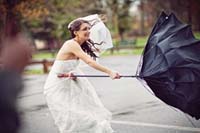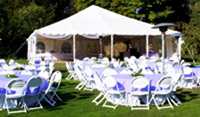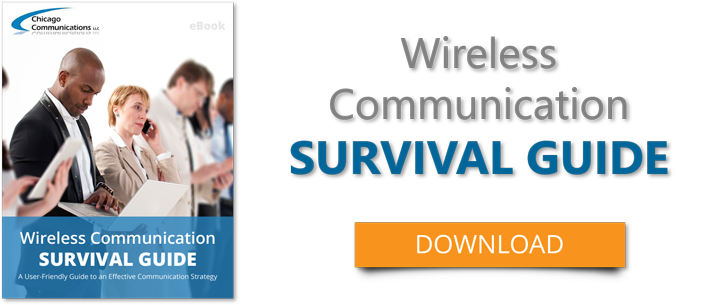Planning any outdoor event requires great teamwork. Someone needs to make sure the petit fours are delivered on time, but most importantly, someone has to know what Mother Nature might bring and how often will she change her mind. Making a "weather team" part of the planning crew will make your event much safer and more successful for all involved.
1. Start Early 
Get reports from the National Weather Service weeks (or even months) in advance of your event. These reports will enable team members to consider alternate dates, times and perhaps even venues. The team can discuss ideas of shelters (permanent or temporary), plan exit routes and brainstorm any other scenarios. Advance plans can be tweaked as necessary, and often, closer to the event date.
2. Have a written plan
Clearly communicate evacuation procedures and shelter points and provide every member of the team with a copy of the written plan for the event. Each member of the team will know their individual responsibilities when necessary. You should also consider a range of possible conditions: Do you have power? Light? Radios?
3. Choose a venue with weather in mind
Visit the venue and imagine what the grounds and buildings would be like during all four seasons. What kind of shelter is available should the weather suddenly turn severe? What structures would be hazardous if high winds came up? How quickly could emergency services arrive in a crisis?
4. Research
While you might plan for the most obvious issues like rain, don’t forgot to research other potential problems. Will there be construction in the area? Where are the "outdoor facilities"? While these are not issues directly connected to the weather, a weather team member can do the research and share information with the others.
5. Monitor weather forecasts 
This is where your resources from the National Weather Service come into play. You can monitor conditions on-line and get updated reports as you need them. Depending on the size and cost of your event, you might even want to consider a private weather service. These services monitor conditions for events like the Academy Awards, horse races and film festivals.
6. Delegate Decision Makers
Team members should meet with security and event planning departments employed by the venue prior to the event. The personnel of these departments and YOUR team can work together to designate key personnel in case of a weather emergency. Also, appoint a sole decision maker so one person is responsible to make crucial decisions and to communicate them quickly to guests.
7. Provide cover and cooling
While most of the issues in this article have been about precipitation ruining your event, the heat and humidity can be problems also. Tents without walls allow for shade, while protecting from the direct sunlight. Providing plenty of water, perhaps mobile fans and even misting tents help make guests feel more comfortable. Don’t forget about your team members; make sure they have sunscreen and plenty of water during the event.
8. Secure tents and structures
 Tents need to be weighed and tied down securely. If the venue offers tents or pavilions, let them handle this. They are familiar with their equipment. If you have to rely on your team, make sure tents are weighted down and secured - follow the manufacturer's instructions for your equipment. Make sure your shelters are safe and secure.
Tents need to be weighed and tied down securely. If the venue offers tents or pavilions, let them handle this. They are familiar with their equipment. If you have to rely on your team, make sure tents are weighted down and secured - follow the manufacturer's instructions for your equipment. Make sure your shelters are safe and secure.
Be prepared with exit routes and make sure to mark them. Let guests know who your team members are and that they are there to help. Mother Nature will be there, don't let her spoil the fun for your guests. Chicago Communications can also help your events run smoothly with all your communication needs. Please contact us for any assistance you may need.
This article was written by Helen Strecker, Helen has worked at Chicago Communications for 9 years. If you have any questions for Helen, or another representative at ChiComm, please contact us.


